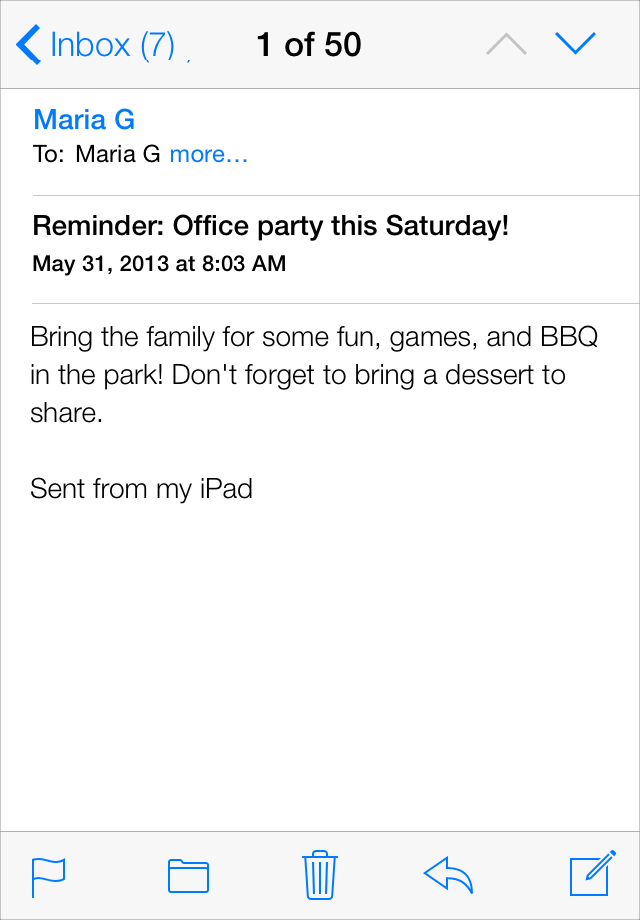I have read new apple documents considering IOS7 application design. And here is very short list of features:
Main key features:
- Full screen (Use whole screen of device).
- Minimalism. No heavy shadows, bezels, gradients, etc. Borderless buttons.
- A lot of white space.
- Key color.
- Single font (but dynamic size).
- Minimalistic light single-color icons.
- Dynamic layout with no fixed hardcoded sizes.
Specific Apple features:
- Translucent elements hint content behind them. And here they mean specific blurred gradients.
- Control center could be swiped from bottom of screen.
As you see – only last block of features is related to actual new apple platform. First list can be easily applied to Android or WP. So now apple tries to reach main market tendency to minimalistic design. Not something new. I wonder for how long this fashion will last, but at the moment that style is new standard across all mobile devices.

This brief is based on “Designing for iOS 7” and “iOS 7 UI Transition Guide” official documents from apple development site.